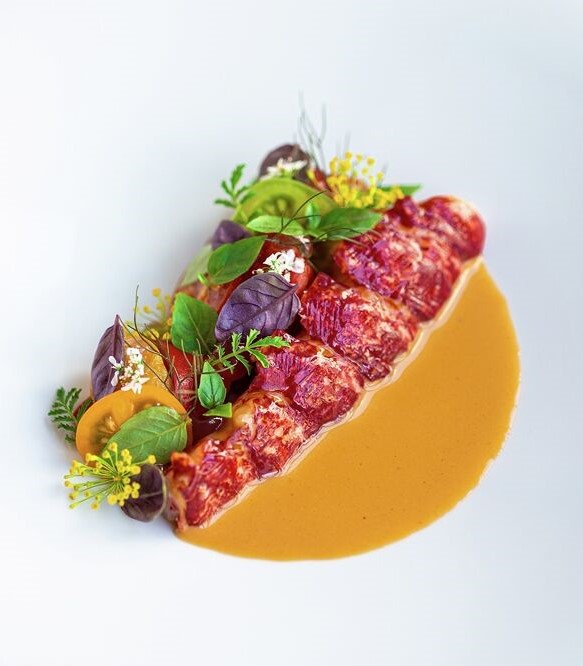Helming this Hong Kong outpost is executive chef Yoshiharu Kakinuma. The 42-year-old Tokyo native wanted to be a professional rugby player growing up, but his love for cooking and good food led him to the doorstep of chef Yoshitake, who believed in the young man's passion enough to train him during his only day off. Chef Kakinuma then moved to the US to pick up the English language as well as hone his craft in restaurants in New York and Atlanta for 10 years, before Yoshitake contacted him to helm his first restaurant in Hong Kong.
We speak to chef Kakinuma to find out more.

If you want to be a professional, you have to climb the mountain. You have to be at the pinnacle of your profession. Mediocrity isn’t acceptable.
How do you maintain the same standard between Sushi Shikon and Sushi Yoshitake?
Ingredients - we search for good fishermen with Mr. Yoshitake, and this requires a lot of detailed communication between him and I, and our two shops.
This relationship has changed and evolved over the years from a mentor-apprentice relationship to one of peers, or even like brothers. He still helps me find solutions when it comes to cooking and running the restaurant, because he has 10 years more experience. Yet he also guides me when he is strict with his teaching and makes me come to solutions on my own, very much like an older brother might.
How did your 10-year stint in the US shape your culinary style?
That experience makes me who I am as a chef. Most western guest who eat in Japan are accustomed to cold chefs who are deeply serious and are fully concentrating- instead of interacting at all with guests. Chefs in the West spend a lot of time on the experience — I have transferred this experience and now offer this modern take on hospitality alongside my traditional sushi style.

Ingredients always.
Tell us the best way to savour your sushi.
Timing! You must eat my sushi within 30 seconds, because I have timed your experience perfectly. Also, I advise customers to eat my sushi with their hands, because I prepare it with my hands. Our fishermen catch their fish using rod-and-reel, so they handle each fish with their hands — eating our sushi with your hands keeps the connection strong all the way back to the sea. This is also engaging another one of your senses and will elevate the experience.
What’s your favourite ingredients? Why?
My favourite ingredient to eat is small blue fish like mackerel or sardines, because they are healthy (packed with Omega-3) and taste amazing prepared any way.
Do you do anything to take care of your pair of hands?
Yes! My hands are so important. I take great care with my nails, filing them nightly, and getting frequent manicures — my hands are a part of the guests’ experience because they are so visible.

To eventually own my own shop, and to keep growing and achieving and learning.
What’s your advice to young chefs?
Enjoy your craft. You have an internal fire when you first want to work in the kitchen. Don’t let that go out. Tend to it and always stay passionate.
Recommended Reading: For more chef stories, click here.






















